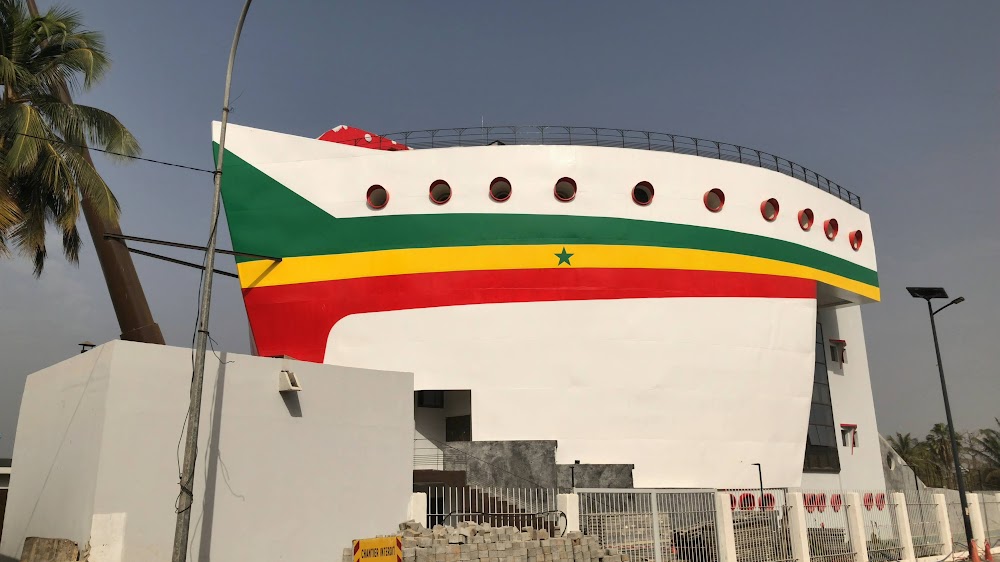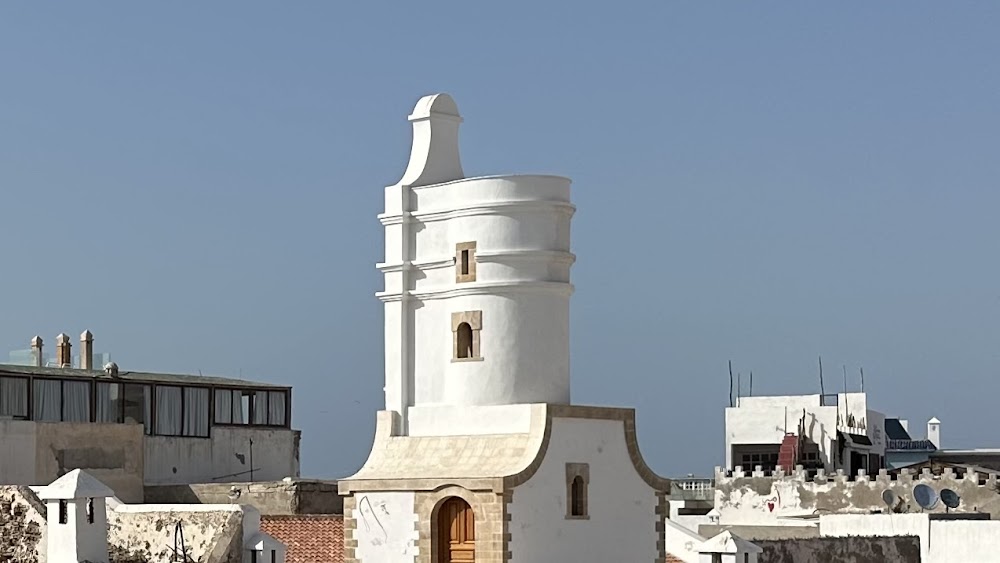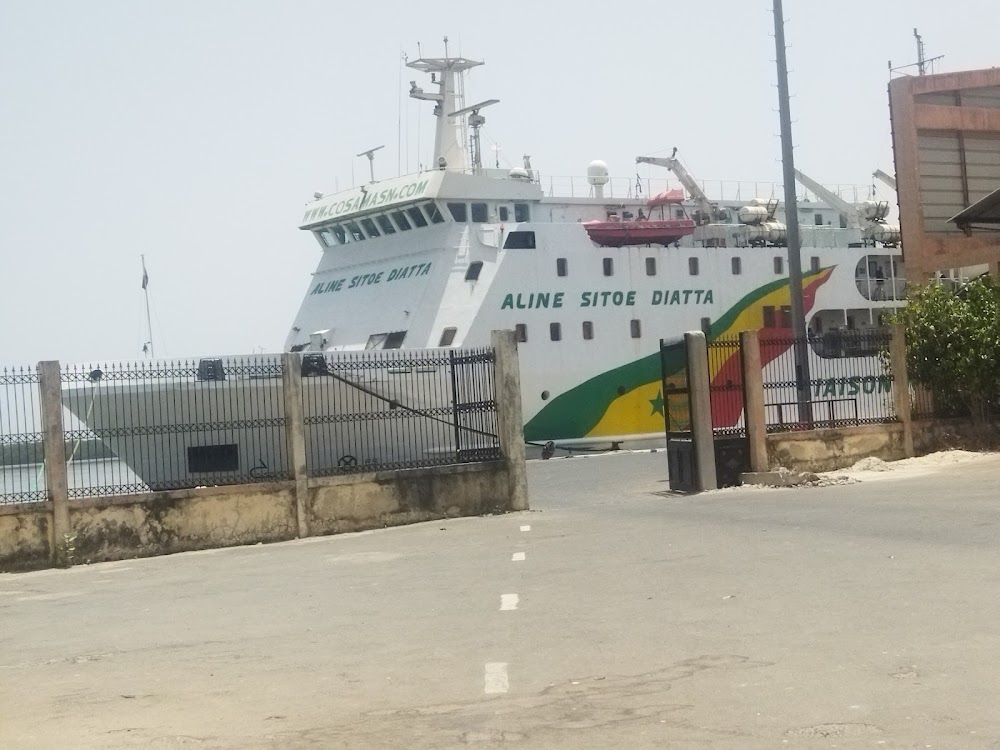Casamance River (Rivière Casamance)
Overview
The Casamance River is a vital artery running through the picturesque region of Casamance in Senegal, particularly flowing through the lively city of Ziguinchor. This river, which stretches over 320 kilometers, originates from the stunning Fouta Djallon highlands in Guinea and meanders westward to meet the Atlantic Ocean. Along its journey, the river is adorned with lush mangrove forests, fertile floodplains, and a rich variety of wildlife, contributing to the region's stunning natural beauty and ecological diversity. Historically, the Casamance River has been instrumental in shaping the cultural and economic landscape of the area.
Situated on the southern bank of the Casamance River, Ziguinchor stands as one of the key urban centers in the region. The city owes much of its development to the river, which has long served as a crucial hub for trade, transportation, and cultural exchange. Founded in the 17th century as a Portuguese trading post, Ziguinchor later came under French control. Its strategic position along the river made it an ideal point for the movement of goods and people, facilitating the city’s growth into a bustling commercial center.
The infrastructure surrounding the Casamance River in Ziguinchor has evolved significantly over the years, including the establishment of ports and wharves that accommodate boats and ships. These developments have been essential for trade, enabling the export of local agricultural products such as rice, fish, and cashew nuts, which flourish in the region’s fertile floodplains. The river also facilitates the import of goods necessary for daily life, further enriching the local economy.
Traditional wooden canoes, known as "pirogues," have been an integral part of life in Ziguinchor for centuries, serving both fishing and transportation needs. Crafted by local artisans using techniques passed down through generations, these boats are made from sustainably sourced timber and are designed to navigate the river’s unique conditions. This traditional craftsmanship not only bolsters local economies but also preserves the rich cultural heritage of the region.
In the 20th century, significant infrastructure improvements were undertaken, including enhanced roads and bridges that connect Ziguinchor to surrounding areas. One notable project is the Casamance River Bridge, which has greatly improved accessibility, integrated the regional economy with the rest of Senegal, and facilitated access to essential services for the local population.
Environmental management of the Casamance River and its surrounding ecosystems has gained importance in recent years due to the challenges posed by climate change and human activity. Efforts are underway to preserve the vital mangrove ecosystems, which protect against coastal erosion and support local fisheries. These conservation initiatives actively involve local communities, striving to balance ecological preservation with the economic needs of the residents.
Tourism in Ziguinchor has flourished, thanks in large part to the allure of the Casamance River. Visitors flock to the region for its scenic landscapes, river cruises, and opportunities to connect with local culture and traditions. The river itself serves as a focal point for eco-tourists, photographers, and adventure seekers eager to experience the area's natural beauty and cultural richness.
Ultimately, the significance of the Casamance River is deeply woven into the lives of the people in Ziguinchor. It represents not merely a natural resource, but a lifeline that sustains agriculture, trade, and daily living. As Ziguinchor continues to grow and evolve, the river remains central to the city’s prosperity, shaping its history, economy, and cultural identity.






